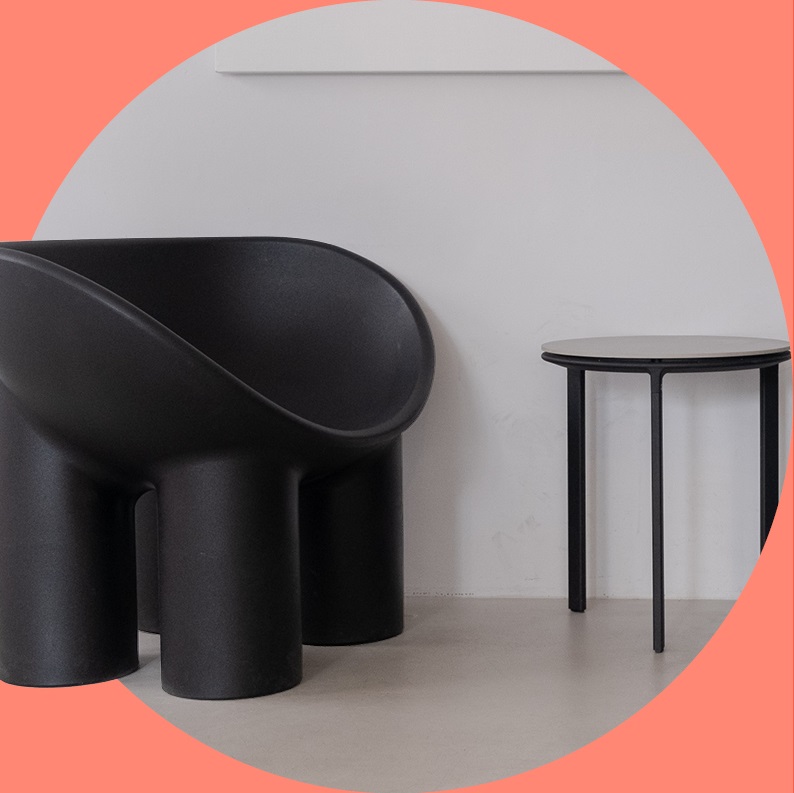
Three Pavilions Using Waste & Biomaterials at Dubai Design Week 2022
Published 06 December 2022
Middle Eastern and South Asian designers are defying the notion that the desert is a harsh and barren landscape, instead advocating that it can offer a wealth of undervalued resources. We look back at the most innovative installations from Dubai Design Week (November 8-13).
Three Pavilions Using Waste & Biomaterials at Dubai Design Week 2022


Topics

Want to see the full report?
Offering access to over 350 consumer and cross-industry reports annually, Stylus Membership is your window to tomorrow’s most exciting opportunities.
We already arm more than 500 of the world’s most forward-thinking brands and agencies with the creative insights they need to make transformative business decisions.
We’d love to do the same for you.
Book a demo with us today to discover more.
More Reports From Stylus
More Reports From Stylus
Product Design Directions A/W 27/28
We outline the three key trends to inform commercial product development for A/W 26/27. Covering innovation and emerging trends in furniture, packaging, consumer electronics, transport, homeware and gifting, our Design Directions offer an essential download to guide ideation and concepting.











